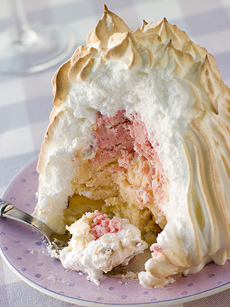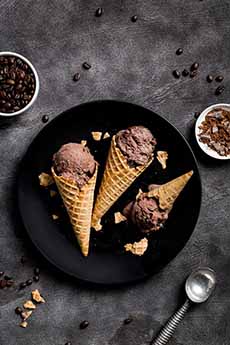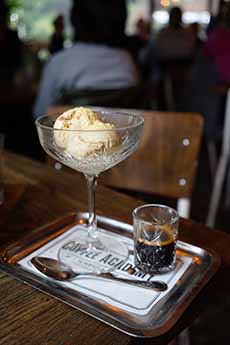|
July 20th is National Lollipop Day.
It’s easy to make lollipops at home if you have candy molds and sticks.
The molds are inexpensive, and the same molds can be used for chocolate.
Then, just mix corn syrup, sugar, flavor and color and you’ve got pops.
Molds are available with swirly designs, flower, stars, hearts, smiley faces and holiday themes.
In a half hour, a dozen (or more, as you wish) lollipops will be cooling in their molds, almost ready to eat!
RECIPE: LOLLIPOPS
You can make clear lollipops (no added color) with inclusions like glitter, nonpareils, sprinkles, even edible flowers.
With colored pops, match the color to the flavor: red/cinnamon, green/lime, yellow/lemon, etc.
Make one flavor at a time.
TIP: Test your candy thermometer before each use by bringing water to a boil. The thermometer should read 212°F. Adjust your recipe temperature up or down based on your thermometer reading.
Ingredients For 12 Standard Size Lollipops
1/2 cup light corn syrup
1 cup sugar
1/4 cup water
1-1/2 teaspoons flavoring: apple, cherry, lemon, lime, orange, pineapple, etc.
1/8 teaspoon liquid food color: green, red, yellow or color of choice (see color charts)
Nonstick cooking spray
Preparation
1. SPRAY the molds lightly with nonstick cooking spray, then wipe with a paper towel so that only the thinnest layer of spray remains.
2. PLACE the lollipop sticks in the candy molds; set aside.
3. COMBINE the corn syrup, sugar and water in a heavy saucepan. Bring to a boil over medium heat, stirring occasionally and brushing down the sides of the pan with a wet pastry brush as needed. Cover and cook for 3 minutes to dissolve the sugar crystals.
4. UNCOVER and cook over medium-high heat, without stirring, until a candy thermometer reads 300°F (hard-crack stage).
5. REMOVE from the heat and let the mixture sit until it completely stops bubbling. Then stir in the flavoring and food coloring. Be sure to turn your face away from the pot since the odor is very strong.
6. IMMEDIATELY pour or spoon into the molds. Let cool before removing from the molds.
THE HISTORY OF LOLLIPOPS
According to the National Confectioners Association, eating sugar from a stick likely dates to prehistoric man, who licked honey off the stick he used to scrape it from the beehive.
The ancient Arabs, Chinese and Egyptians made fruit and nut confections candied in honey, which may also have been eaten from sticks, owing to the stickiness of the confection.
But what we think of as a lollipop likely dates to Europe in the Middle Ages, when sugar was boiled and formed onto sticks as treats for the wealthy—the only people who could afford sugar.
By the 17th century, sugar was plentiful and affordable. In England, boiled sugar treats (hard candy) were popular.
The word “lollipop” (originally spelled lollypop) first appears in print in 1784, roughly coinciding with the beginning of the Industrial Revolution.
Beginning in the latter part of the 18th century, industry, including confectionery, became mechanized (although artisan confectioners remained).
Horehound drops, lemon drops, peppermints and wintergreen lozenges became everyday candies.
We don’t know the inventor of the modern lollipop: who first put hard candy on a stick.
George Smith, a confectioner in New Haven, Connecticut, had been manufacturing hard candy disks on a stick since 1908, as had other confectioners. But Smith trademarked the term in 1931.
The first automated lollipop machine was invented in Racine, Wisconsin in 1908, producing 2400 lollipops per hour, 57,000 per day. Today’s machines can produce 3 million lollipops daily.
Today’s lollipops come in all shapes and sizes, from hand-crafted works of sugar art to caffeinated Java Pops and bacon lollipops.
> The history of candy.
|
|
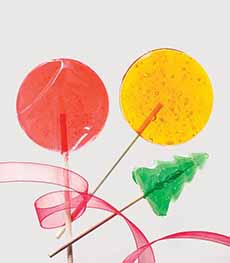 [1] You can make these with simple silicone lollipop molds (photo © Taste Of Home).
[1] You can make these with simple silicone lollipop molds (photo © Taste Of Home).
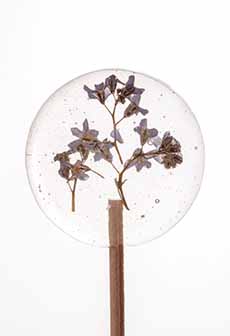
[2] After you’re comfortable making lollipops, express yourself with flowers, edible glitter, whatever (photo © L3rq0ry | Pixabay).

[3] Making heart-shaped pops (photo © Freepik).

[4] There are shapes for every occasion (photo © Roman Odintsov | Pexels).

[5] Let your inner artist soar (photo © Amborella Organics).
|
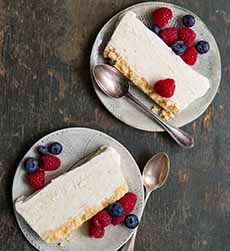
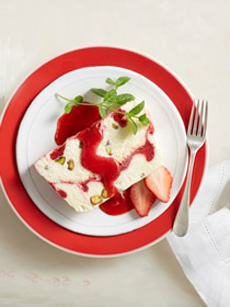
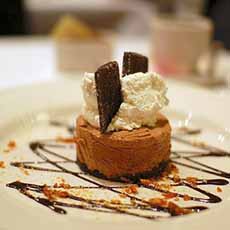


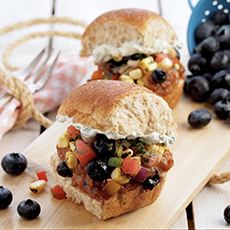
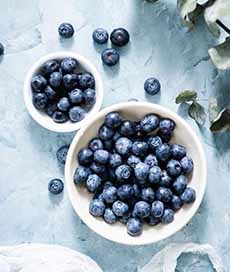
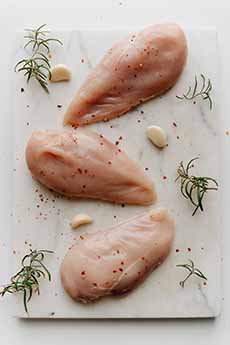
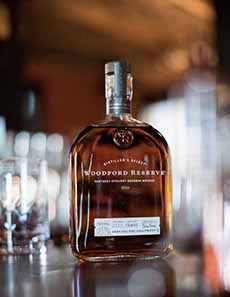
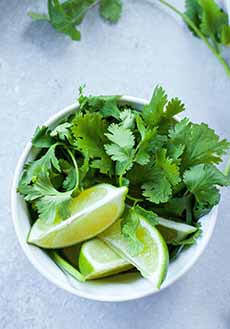
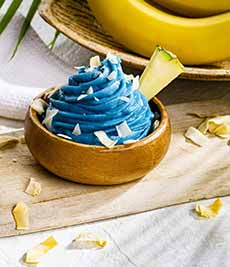

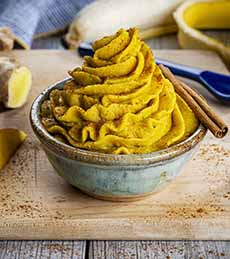

 [1] You can make these with simple silicone lollipop molds (photo ©
[1] You can make these with simple silicone lollipop molds (photo © 





